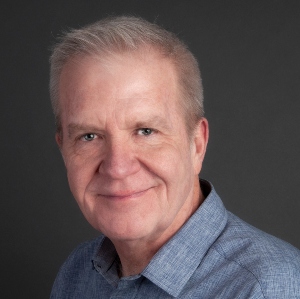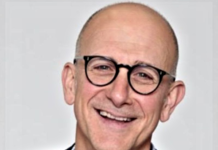
(By Buzz Knight) As I’m well into my second decade of covering the Consumer Electronics Show, and as we get primed for CES 2021, it’s worth evaluating the evolution radio has gone through in tandem with the show.
Every year more and more broadcasters have joined the throngs attending, and every year there are certain consistent rallying cries that come forth.
What has been one of the loudest priorities? Research and development.
Finding a clear path to innovation is critical to every business model, and the radio business is no exception. Does our business walk the walk or just talk?
Here is a candid assessment, meant only to give a supreme nudge to those who can make a difference.
Research and Development Over the Years at CES
Back in 2008, as I covered CES for the first time, I said, “Radio is at a crossroads of tremendous opportunity. We have to learn from our past, and learn from industries like consumer electronics, to make our future bright.”
Clearly, I only walked up to the line to challenge the industry on R&D, but I didn’t flat-out say it.
In 2009 Consumer Technology Association CEO Gary Shapiro said, “Sound choice is increasing, and options abound for how to receive and listen to audio. There is a phenomenal future of innovation, and those who don’t take the time to see the options and reflect on them will be lost in the competitive dust.”
Shapiro was beginning to throw down the gauntlet, challenging our business to innovate and reconsider its practices and question the status quo.
In 2011, one of my key takeaways for the industry after attending CES was making that research and development challenge. Every year, I and others (like Fred Jacobs and Steve Goldstein) have pushed the importance of R&D after the show, but very little actually seems to occur.
R&D doesn’t have to apply only to technological advances and improvements. It can relate to better user experience, better customer service, unique ways to market a brand, and other things that lead to continual improvement.
Back in 2013, I was fortunate to interview Nolan Bushnell while I was at CES.
Nolan has an amazing history of creativity and innovation, including founding both Atari and Chuck E. Cheese.
Another of his notable claims to fame was hiring Steve Jobs while at Atari. Bushnells’ book How to Hire the Next Steve Jobs is a great read regarding the qualities and characteristics to look for when going through the hiring process, and his themes in the book resonate today when considering research and development .
According to Nolan, “The most important thing is to hire people with passion. The hiring process can actually be really valuable because with every applicant you could say, ‘What would you do if you were president of this radio station?'”
Nolan goes on to reinforce the importance of curiosity in leaders and how that curiosity feeds creative R&D.
There are many curious leaders in the broadcast industry who have been accustomed to attending CES over the years, among them Holland Cooke, Bill Saurer, Ed Cohen, and others, but there is one in particular who is a great example of curiosity in action, and that’s Jerry Lee.
Jerry has been to every CES, and curiosity and thirst for information run deep every time I run into him. Jerry’s curiosity fuels his pursuit of ways to solve business problems and improve a business he passionately loves.
As Fred Jacobs put it back in 2014, “If you don’t have a program of continuing education, the learning eventually stops, and with it the perspective and innovation.”
I think as 2021 begins, it is worth all of us revisiting our continuing education plans and trying some different things. Let’s figure out how to build actionable steps to build a cost-effective research and development process.
Buzz Knight is the CEO of Buzz Knight Media and can be reached by e-mail at [email protected]







